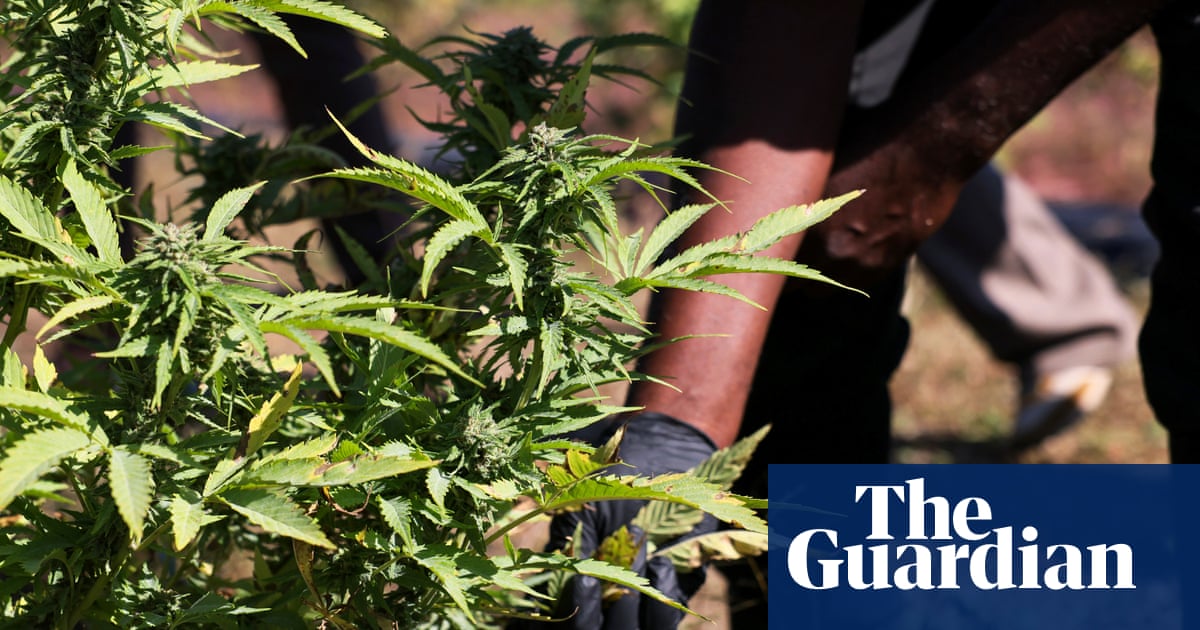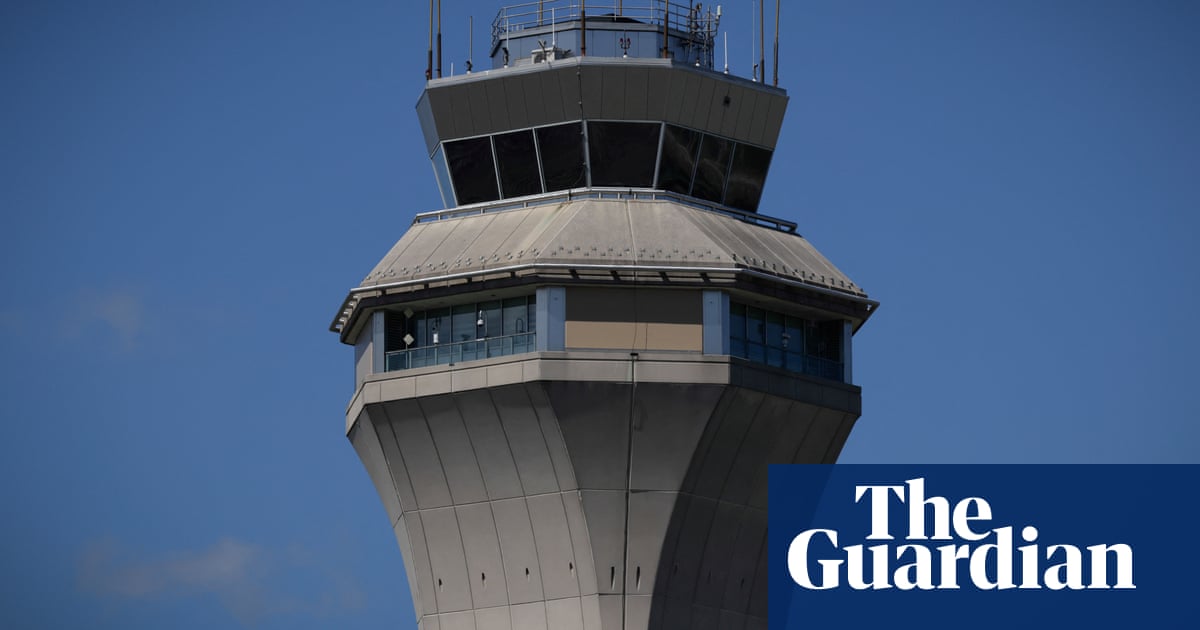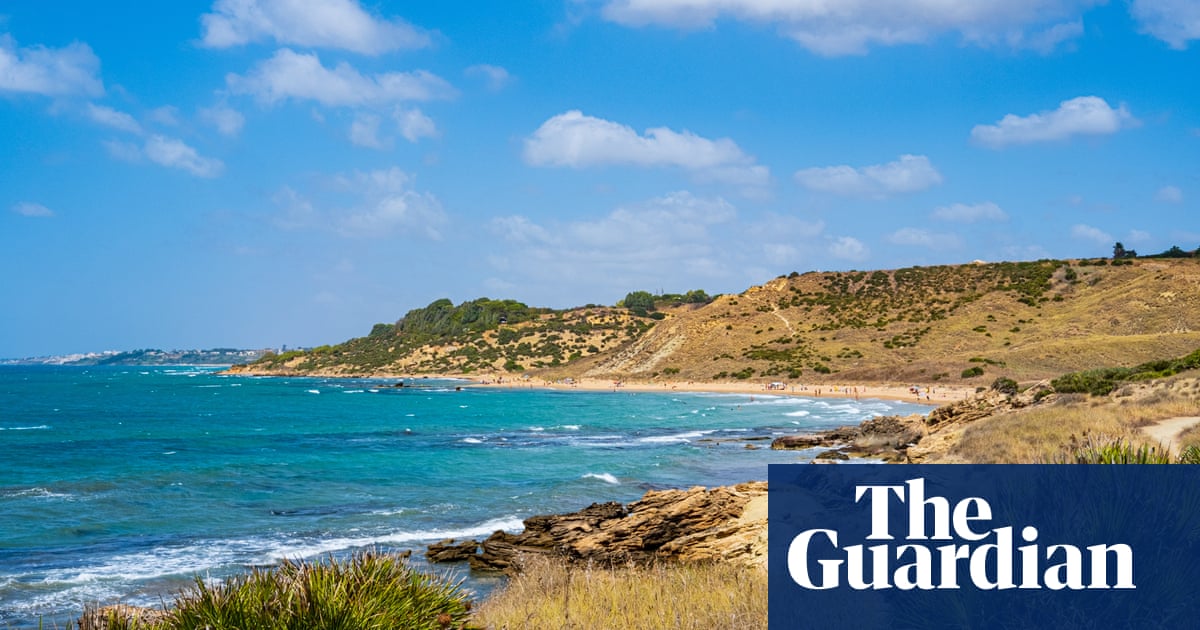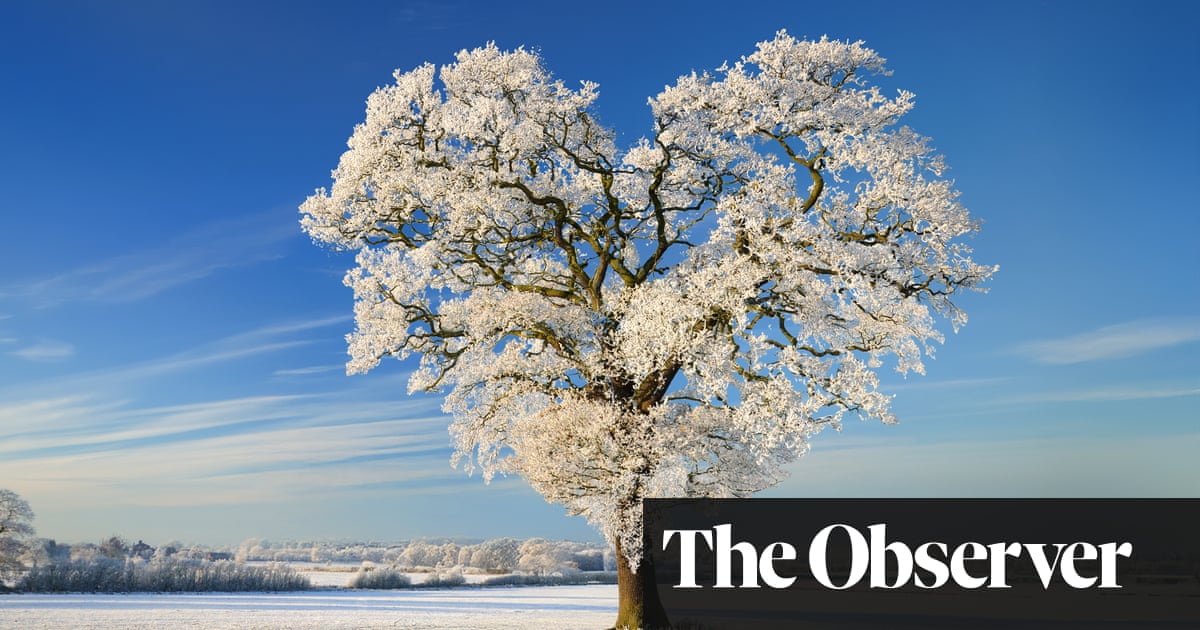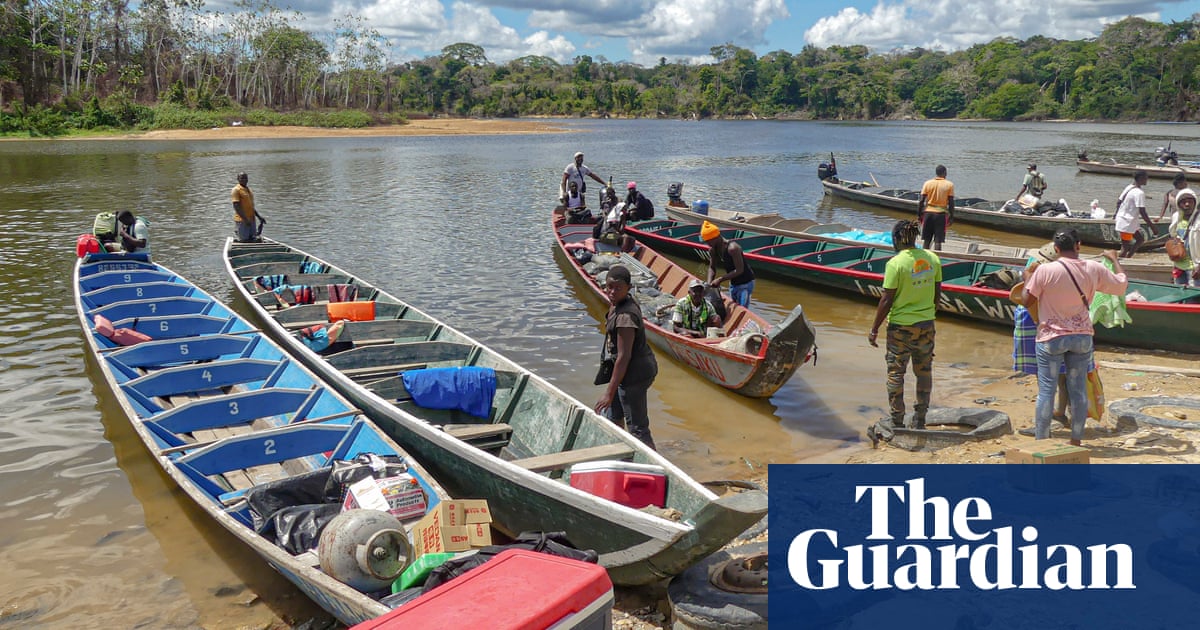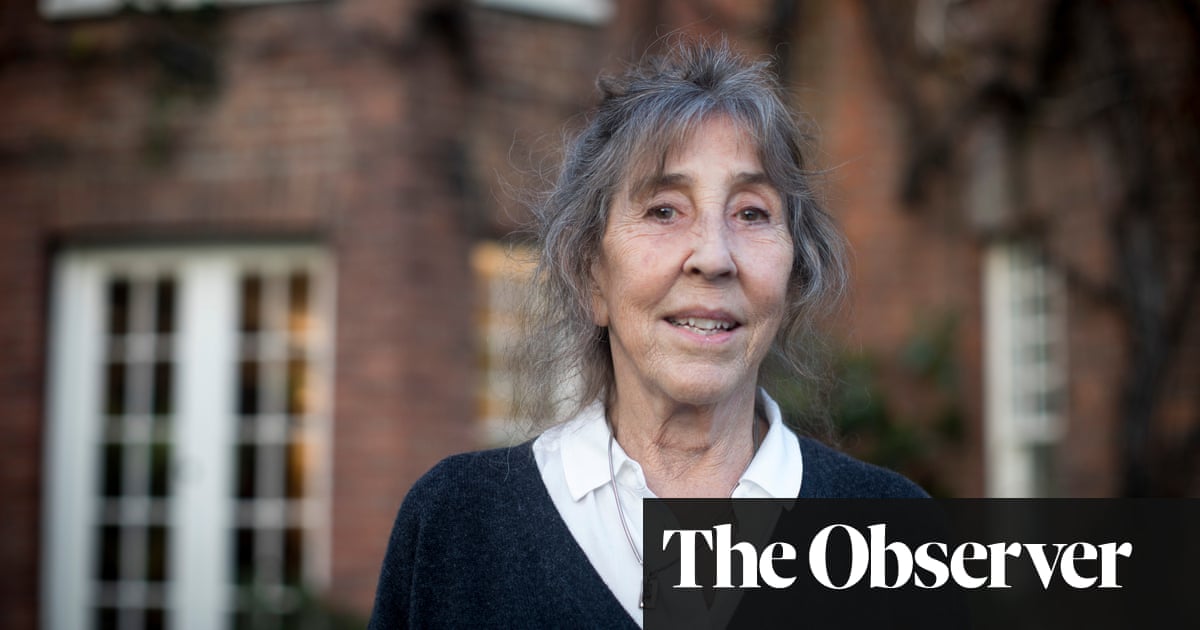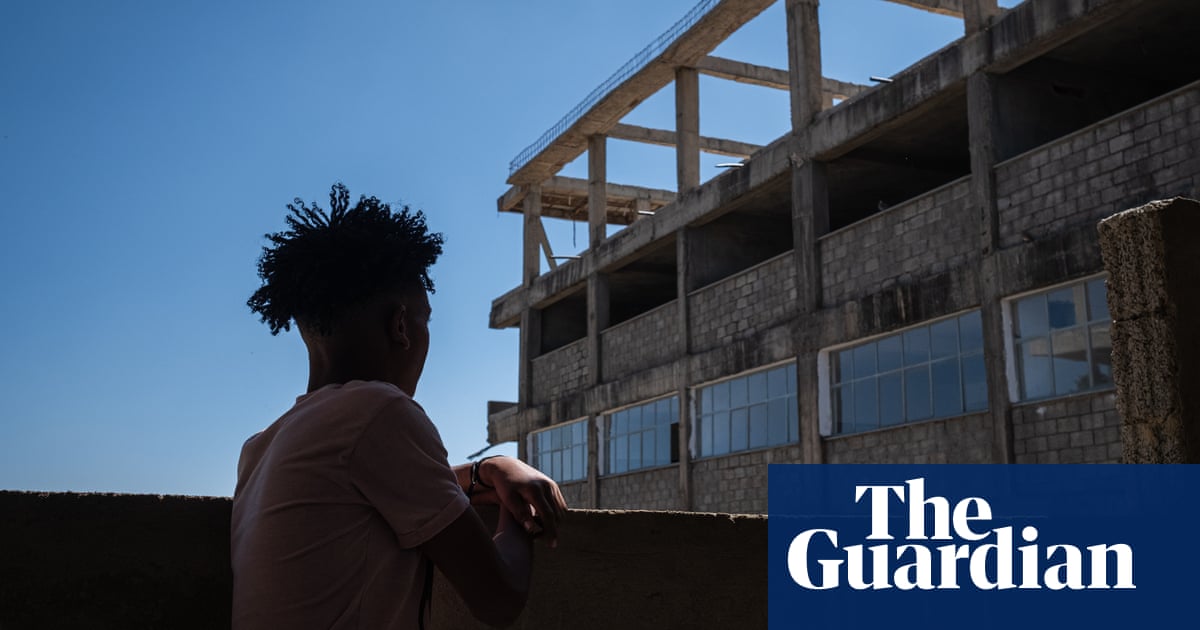It covers more than 50 square kilometres of blanket bog, heath, meadows and woodland and rises from a valley floor to the 640m summit of Cold Fell in the north Pennines. This is RSPB Geltsdale, and it will now be the organisation’s largest English bird sanctuary when the society announces this week that it has bought land that expands the existing reserve by a third.
“This is going to be a reserve on a different scale from many of our other sites in England,” said Beccy Speight, the RSPB’s chief executive.
“We are going to achieve an abundance of species and a size that will be unmatched for bird reserves elsewhere. It is going to demonstrate what is possible when it comes to rewilding and protecting birds.”
Geltsdale is already home to birds that range from curlews to golden plovers and from merlins to ring ouzels. It is also one of the few places where hen harriers nest in England. Last year, hen harriers – one of Britain’s most persecuted raptors - produced eight chicks at Geltsdale.
Elsewhere, the bird – sometimes known as the ghost of the moor – has been pushed close to extinction because of illegal killing and nest disturbance.

Other birds that proliferate at Geltsdale include short-eared owls, black grouse, lapwing, redshank and snipe, and it is hoped that the reserve will soon attract a host of new species, including golden eagles.
The RSPB’s already sizeable reserve at Geltsdale will now be expanded to cover 5,500 hectares (13,590 acres) thanks to the purchase of the new chunk of land for an undisclosed sum. “We started working here in the 1970s and ended up owning roughly two-thirds of the site, while we leased the other third,” said Dave Morris, the RSPB’s area operations manager for Cumbria and Northeast England.
“Now we have purchased that last third and own all of Geltsdale, which will allow us to create a reserve that stretches from the valley floor to the top of Cold Fell, and which will be inhabited by birds that thrive in so many different habitats.”
At the lowest levels, dippers and wildfowl – even osprey – are now making appearances. Then, further up the hillside, black grouse, nightjar and whinchat are becoming common. Nearer the top, on the open moorland, ring ouzels and hen harriers can be seen.
The reserve’s recently augmented size means that it is now only beaten, in terms of area of land covered, by two other RSPB sites: Forsinard Flows and Loch Garten, Abernethy, both in the Highlands.
“Geltsdale is now the biggest in England,” said Speight. “And that size makes such a difference. When you walk through the reserve during breeding season, it is incredible. The place just swarms with birdlife.”

Crucially, the reserve includes a working farm, and much of the future rewilding work that will be carried out to create the multimillion pound restoration project that is planned for Geltsdale will involve developing ways for agriculture and nature to work together, added Morris. “That has to be a key goal,” he added.
An example of the problems to be tackled is the issue of cattle grazing. “Cattle have traditionally been fenced in,” said Morris. “However, birds like black grouse will crash into these fences and kill themselves.
after newsletter promotion
“So we have turned to technology for a solution: a system of invisible fencing is going to be installed.”
This odd-sounding technique involves fitting cows and calves with collar receivers that can pick up GPS signals, which are then used to create virtual grazing areas for the animals. If one approaches the edge of its delineated area, its receiver detects the boundary and starts to emit a sound that rises in pitch or eventually delivers a mild electric pulse as the animal tries to cross the boundary. In this way, the animals are contained within a fixed area of land without the need to erect fences.
“That’s how farmers will manage cattle in that landscape. It will allow them to move these unfenced areas and effectively emulate naturalistic grazing by wild, large herbivores,” said Morris.

In addition to invisible fencing, the practice of heather burning has been halted. This was carried out on the old grouse shooting estates of Geltsdale in order to encourage new shoots to grow and provide food for the grouse. However, this practice released the carbon dioxide stored in the peatland below and has been stopped.
Similarly, moorland drains have been removed, which will let sphagnum moss – the building block of peat – to recover, a move that also helps to restore the area’s ability to store carbon dioxide and limit the rate at which the gas helps to heat the atmosphere.
It is also planned to continue with work to restore streams whose courses have been channelled so that they follow more meandering courses, retaining water for longer periods so that fish can spawn more easily. This in turn will attract avian predators such as osprey.
“I think Geltsdale is a real symbol of hope because it shows what the uplands could be like in terms of the abundance of birds and other species,” said Speight. “When you are in it, you get a real feeling of space, and a sense of how the uplands could be.”

 3 months ago
48
3 months ago
48



